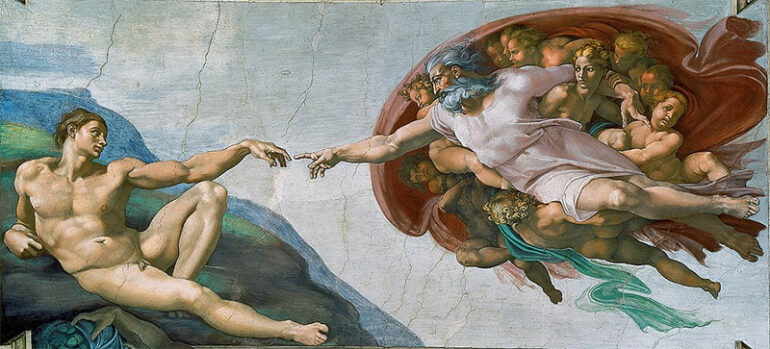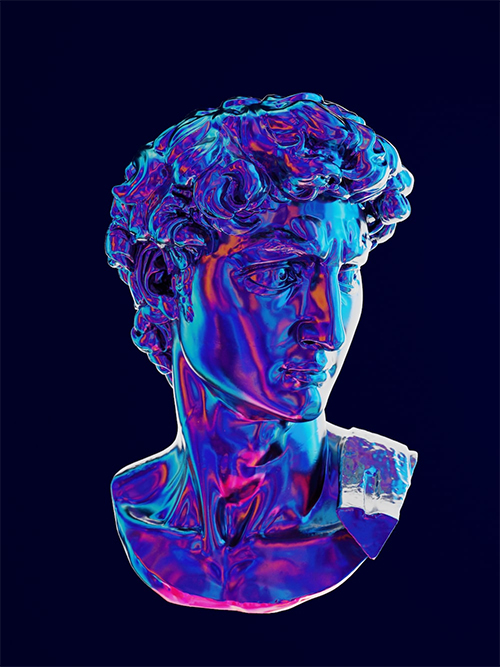Traditional art conveys values, cultural traditions, and belief systems. It is a generational treasure passed down through the ages to apprentices. On the other hand, digital art newly emerged in the early 2000s as a product of technological advancements. While it is easy to compare digital and traditional art, both are real forms of art that require tremendous skill and mastery.
Traditional Art
Traditional art forms bring people together. For centuries, it became a bridge between cultural divides, allowing people from different backgrounds to better understand and communicate with one another. Moreover, traditional art served as an excellent educator and the most effective means of preserving historical records. Seeing art instills in us a reverence for history, and both may shape one’s perspective on the world and its many past and present civilizations.
Paintings, sculptures, prints, mosaics, and sketches are only a few examples. Because of the importance of cultural viewpoints and ideas in creating traditional works of art, many societies used distinct mediums and techniques to express their unique worldviews. Artists often work with various media, including pencils, charcoal, clay, plaster, brushes, wheels, palette knives, and more. Religious institutions, like cathedrals and monasteries, were often shown in paintings to demonstrate a community’s commitment to and appreciation of art.
The Emergence of Digital Art
The term “digital” has become a predicate for defining many aspects of modern life, including art. The phrase “digital art” wasn’t used until the early 1980s, when the first digital artist, Harold Cohen, used paint software developed by computer experts. Moreover, its origins can be traced back to the early 1960s and the first attempts to create artistic works using digital instruments. Artists could then make visual collages by cutting and pasting inside moving pictures, a technique previously impossible with cinema.
Since the widespread availability of computers, devices, and software, many artists have taken the initiative to investigate the potential synergy between art and technology. The artistic style it characterizes and the methods it uses have undergone rapid and continuous development.
Nowadays, digital art can be created using various mediums, including photography, paintings, animated graphics, videos, Augmented Reality (AR), and AI-generated works. Through digital art, anyone can express their individuality in the artwork by playing around with the many technology elements accessible to them.
Why Traditional Art Cannot Be Replaced
When it comes to the fine arts, it is most likely that digital art will never be able to replace its conventional counterpart. Historically significant traditional art pieces have been lauded and shown in museums for centuries, from cave paintings to the great works of Da Vinci and Picasso. The creation of visual works using digital tools is worthy of respect. However, the value and culture associated with traditional art have deep roots embedded throughout history.
Although making several copies of digital art is simple, recreating an original work of traditional art is a far more involved process. In fact, it would be difficult for the same artist to replicate one of their own creations. Moreover, most art collectors and bidders are only interested in buying unique pieces.
While digital art has found its way into many creative fields, there will always be a demand for masterpieces traditionally crafted by hand.
Photo Attribution:
1st and featured image by https://www.tripimprover.com/uploads/7/3/6/3/73636755/michelangelo-the-creation-of-adam_13_orig.jpg
2nd image by https://images.unsplash.com/photo-1634986666676-ec8fd927c23d?ixlib=rb-4.0.3&ixid=MnwxMjA3fDB8MHxzZWFyY2h8Mnx8ZGlnaXRhbCUyMGFydHxlbnwwfHwwfHw%3D&w=1000&q=80

